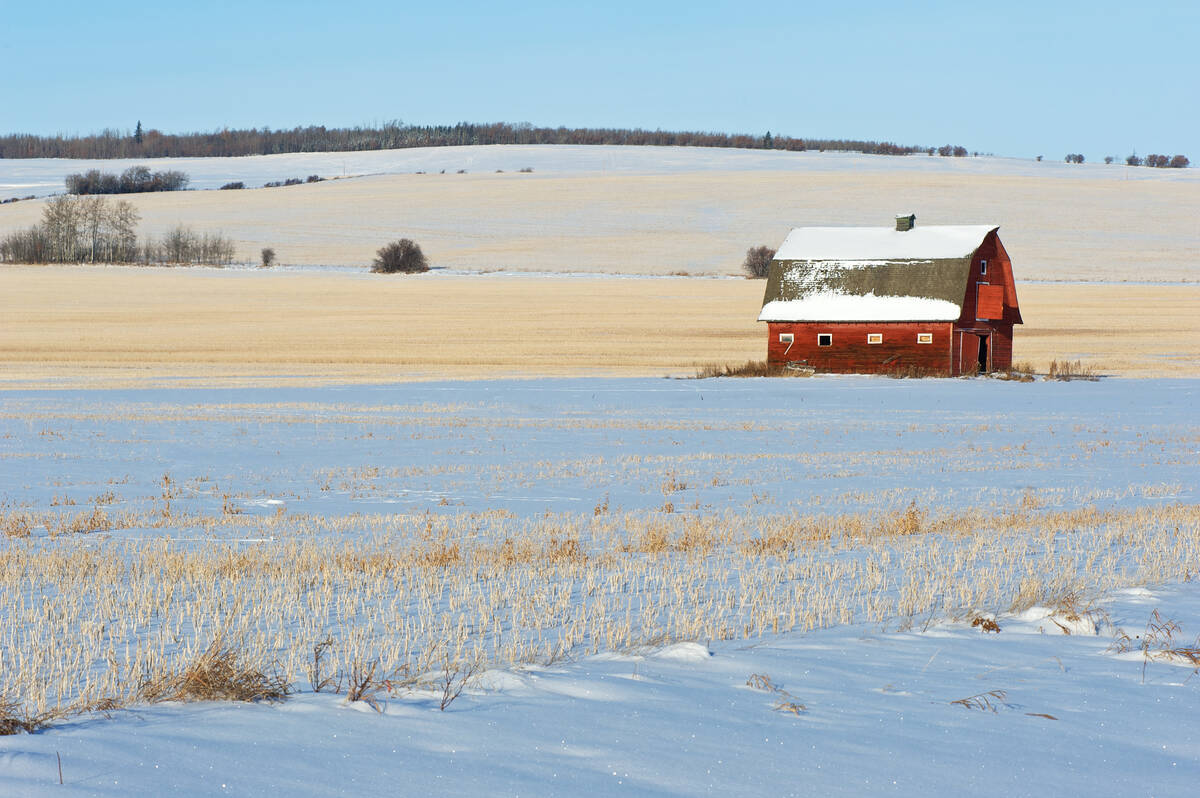The balance book for the U.S. wheat crop as a whole was largely unchanged in the U.S. Department of Agriculture’s latest crop production report on Monday — but within its wheat classes, expectations for U.S. durum showed a significant change.
U.S. durum saw the greatest change on a percentage basis compared to USDA’s July report, as durum production estimates rose from 57.5 to 60.2 million bushels, an increase of five per cent.
U.S. production of desert durum was unchanged, as that crop is harvested and any changes will not typically occur until the release of USDA’s Small Grains Summary next month.
Read Also

Prairie forecast: Plenty more chances for snow over Holidays
The pattern of Pacific storm system after Pacific storm system looks set to continue for a while longer. We begin this forecast period with a heavy snowfall warning in effect across parts of Alberta.
Although national durum production increased, it’s still 70 per cent of the five-year average for U.S. durum production.
The production increases were solely due to improved yield outlooks for the Northern Plains states of Montana and North Dakota. With a national yield average of 40.3 bushels per acre, the outlook is now closer to the five-year trend yield of 41.2 bu./ac.
Concerns had existed earlier in the growing season that the late pace of seeding would push the flowering and grain fill for durum into hot and dry weather, leading to yield reductions.
In contrast, the season has been generally cool and moist. Especially over the past 30 days, temperatures have been colder than normal, with the average departure one to three degrees below normal.
Although the cool temperatures generally slow development and growth, the Northern Plains durum crop is near, to slightly ahead of, normal for this time of year.
USDA estimated that as of Sunday (Aug. 11), 56 per cent of the North Dakota crop was ripening, equal to the normal progress for that time.
Short of unexpected weather events damaging the durum crop, price direction will be impacted by the neutral outlook for wheat and bearish corn outlook.
While a growing U.S. durum crop typically has a negative impact on prices, the already-large crops in Canada, the European Union and North Africa have been weighing more heavily on the market.
— Stuart McMillan writes from Winnipeg on weather and agronomic issues affecting Prairie farmers.














